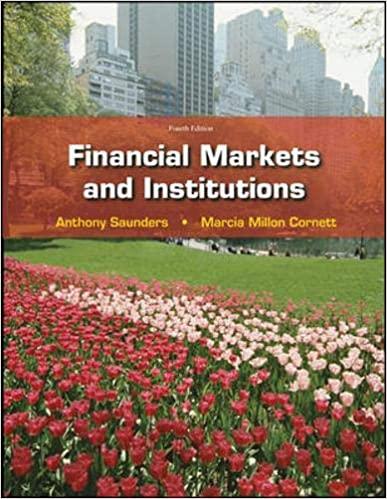Answered step by step
Verified Expert Solution
Question
1 Approved Answer
Tower Inc. is in its annual Capital Budgeting review process. To complete this process, Tower Inc. wants to determine its WACC ( Part A below
Tower Inc. is in its annual Capital Budgeting review process. To complete this process, Tower Inc. wants to determine its WACC Part A below and then set its hurdle rate above its WACC so that new projects are reasonably certain to increase shareholder wealth. The company has searched for investment opportunities and gathered information for each of the proposals listed below in Part B below. After calculating the WACC, Tower Inc. has decided to use a hurdle rate of for all proposals being considered. Management has determined that for any project to be accepted, it must first have a Payback Period of less than years and must have a positive NPV based on the hurdle rate. Lastly, the company has decided to ration the amount of capital for new projects at a maximum of $
NOTE: You must show your work for each calculation to receive credit.
Part A
Given the following information, calculate the WACC:
Percent of Capital Structure: Debt
Preferred Stock
Common Stock
Additional Information:
Corporate Tax Rate
Dividend, Preferred $
Expected Common Dividend $
Preferred Price $
Growth Rate
Bond yield
Preferred Floatation cost $
Price, Common Stock $
Part B
The Investment for each project is assumed to be at time The Cash Flows for each project are assumed to occur at the end of the year stated. Cash Flows beyond years are not considered due to the increased uncertainty of these potential future cash flows.
Calculate the Payback Period in years for each project to two decimal places Calculate the NPV for each project using the Time Value functions on your calculator. Fill in the Capital Budgeting Decision Forms at the bottom of this assignment.
I. Investment required $
Cash Flows Year $
Also in year Project shutdown cost estimated at the end of year $
NOTE: Time Value calculations for the problems may be shown like this:
n
IY
PV CPT
pmt
fv kkkkkkkk
NOTE: Investments II & III are mutually exclusive. Management has determined that these projects represent the most important investment option for the coming year. If one of these is acceptable, it will be the first project approved for the coming year and if both are acceptable, the project with the highest NPV will be the only one of these two accepted
II Investment Required $
Cash Flows Year $
III. Investment Required $
Cash Flows $ per year for years
IV Investment Required $
Cash Flows Year $
Also in year $ in costs to shutdown the project at the end of year
V Investment Required $
Cash Flows $ per year for years
Capital Budgeting Decision Forms for Tower, Inc.
Project # Payback Period NPV AcceptReject
I
II
III
IV
V
I Why AcceptReject
II Why AcceptReject
III Why AcceptReject
IV Why AcceptReject
V Why AcceptReject
Step by Step Solution
There are 3 Steps involved in it
Step: 1

Get Instant Access to Expert-Tailored Solutions
See step-by-step solutions with expert insights and AI powered tools for academic success
Step: 2

Step: 3

Ace Your Homework with AI
Get the answers you need in no time with our AI-driven, step-by-step assistance
Get Started


